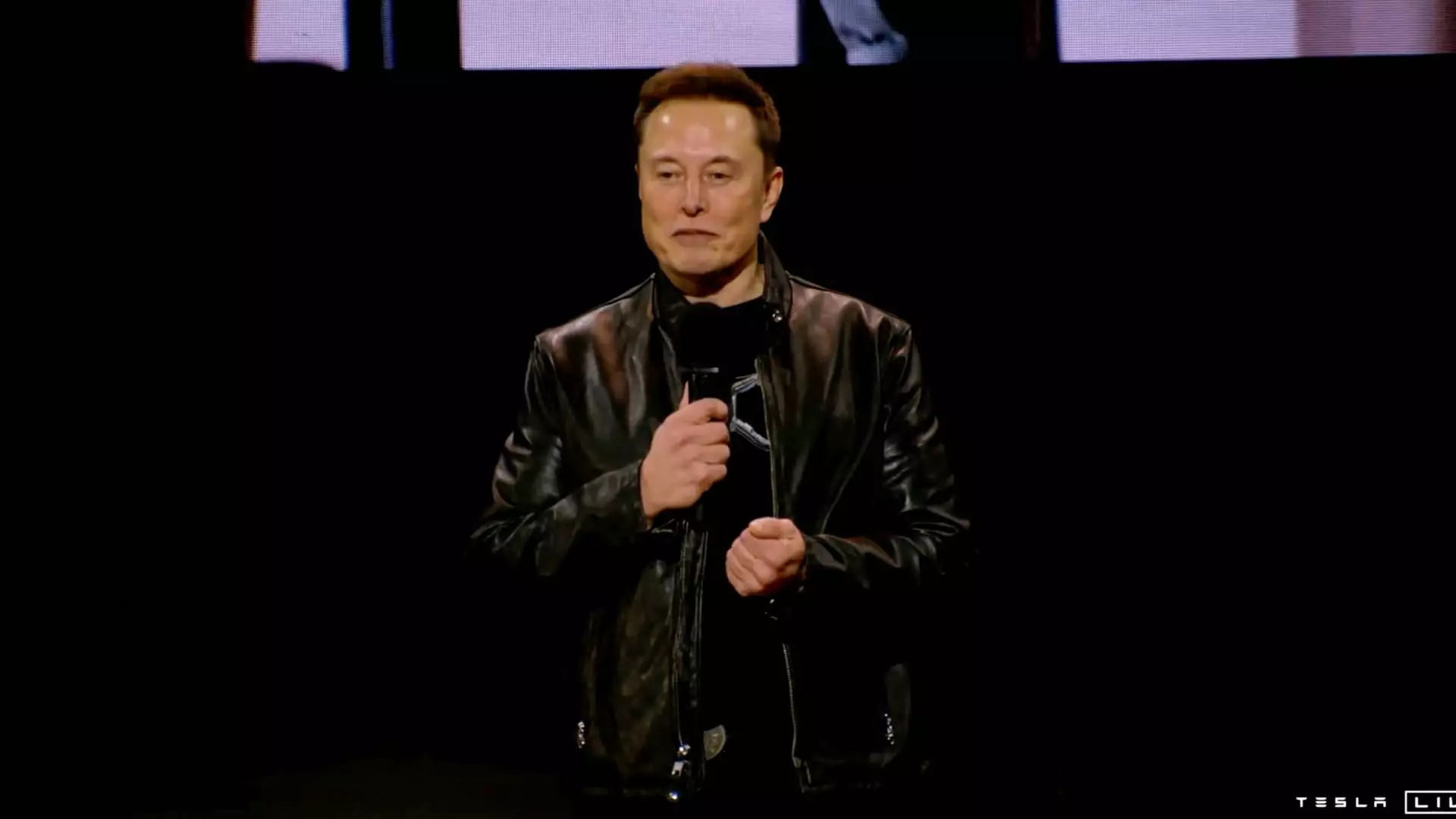Tesla’s ambitious push toward autonomous vehicle technology has recently come under fire from the National Highway Traffic Safety Administration (NHTSA). The NHTSA has warned the electric vehicle manufacturer about misleading statements made on social media regarding the capabilities of its Full Self-Driving (FSD) system. In a letter publicly released, Gregory Magno, the NHTSA’s director, expressed concern that Tesla’s messaging could create dangerous misconceptions among users, suggesting that their vehicles can operate without driver supervision when, in reality, constant human oversight is crucial.
The implications of Tesla’s social media campaigns are significant. By posting content that depicts drivers seemingly disengaged from the driving task, Tesla risks promoting a lax attitude towards safe driving practices. As Magno pointed out, the company’s messaging contradicts its established guideline that emphasizes the need for drivers to remain in control of the vehicle, potentially endangering both drivers and pedestrians alike.
Understanding Full Self-Driving Technology
Tesla’s FSD system is marketed as a sophisticated driving aid that enables partially automated control. However, this technology is not without its limitations. The NHTSA’s scrutiny has intensified following various collision incidents involving Tesla vehicles utilizing the FSD feature—incidents that illuminate the disparity between perception and reality regarding autonomous driving capabilities. A fatal incident involving a pedestrian has heightened concerns about the potential dangers stemming from misunderstandings about how FSD operates.
Social media, particularly Tesla’s presence on platforms like X (formerly Twitter), has played a pivotal role in shaping consumer expectations. Users may mistakenly believe that the FSD capabilities allow for a fully hands-off driving experience, which is not the case. The NHTSA has urged Tesla to ensure its online communications more accurately reflect the realities of the technology being deployed on roads, which underscores the importance of responsible messaging in consumer education and public safety.
The Financial and Regulatory Stakes
The regulatory challenges facing Tesla are compounded by the financial ramifications tied to the NHTSA’s inquiry. Tesla has until December 18 to respond to the NHTSA’s letter, which includes demands for extensive details regarding the FSD system’s safety protocols and technological underpinnings. Noncompliance could lead to penalties reaching $135.8 million, a substantial financial burden for the already high-profile company. Furthermore, Tesla has the option to request an extension, which may reflect their acknowledgment of the gravity of the situation.
In a broader context, these events occur against a backdrop of heightened market interest in Tesla’s stock, which surged substantially recently, demonstrating the complex interplay between regulatory scrutiny, public perception, and financial performance. Tesla’s trajectory in the automotive sector will hinge not only on technological advancements but also on its ability to navigate these regulatory landscapes while ensuring public safety.
As Tesla boldly strides toward redefining transportation through autonomous technology, the integration of responsible messaging and customer education becomes paramount. The NHTSA’s warnings serve as a crucial reminder that innovation should be conducted with an unwavering commitment to safety and transparency. Tesla must adapt its marketing strategies to clarify the limitations of its FSD capabilities, thereby ensuring that drivers understand their responsibilities behind the wheel. The future of autonomous vehicles depends not only on technological advancements but also on a concerted effort toward fostering trust and safety within the community they aim to serve.


Leave a Reply